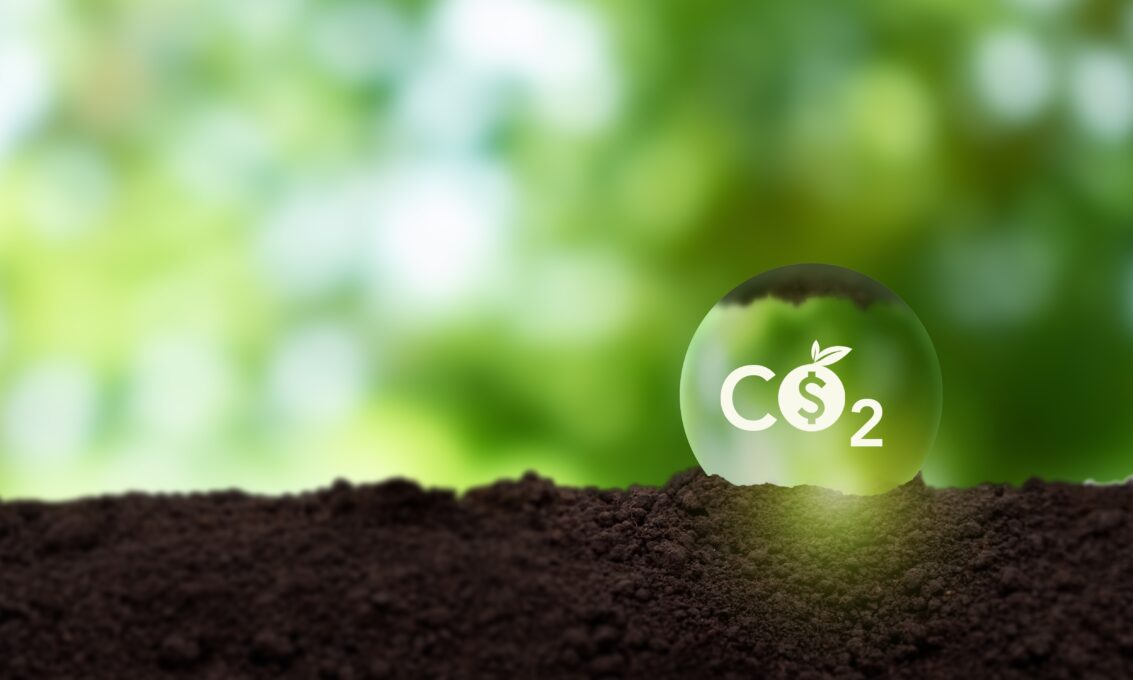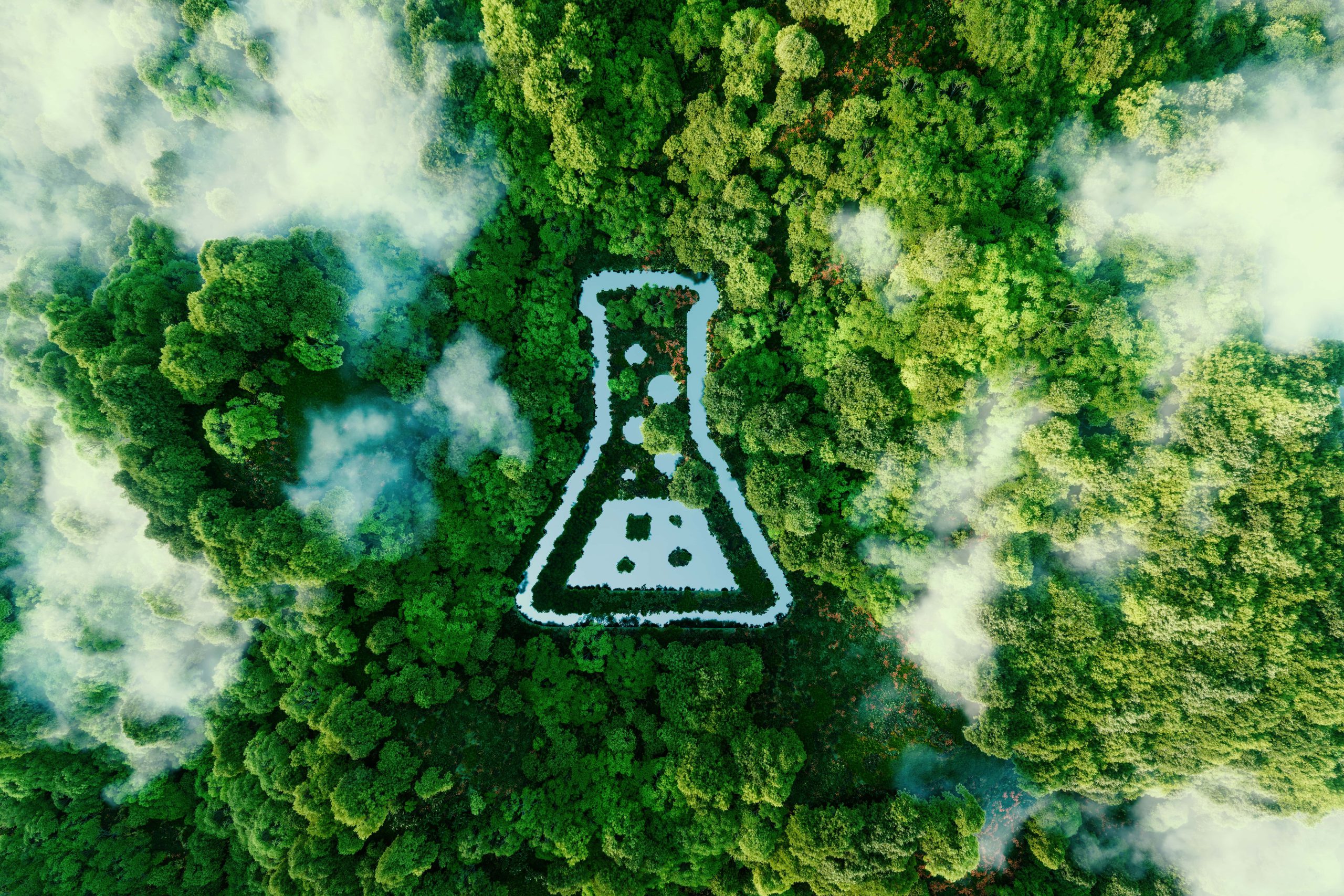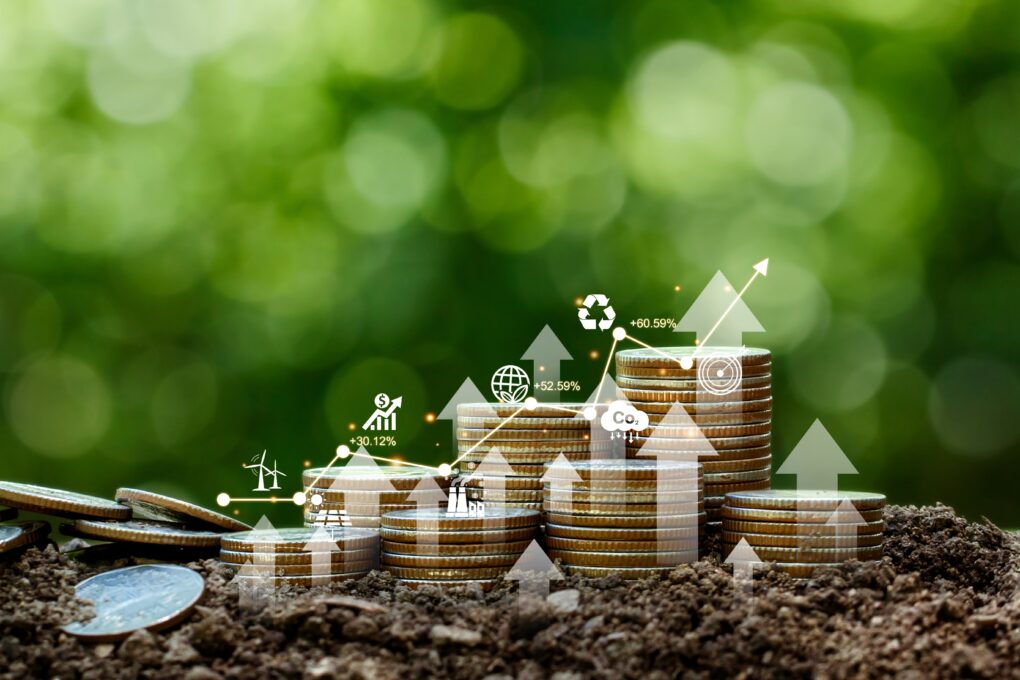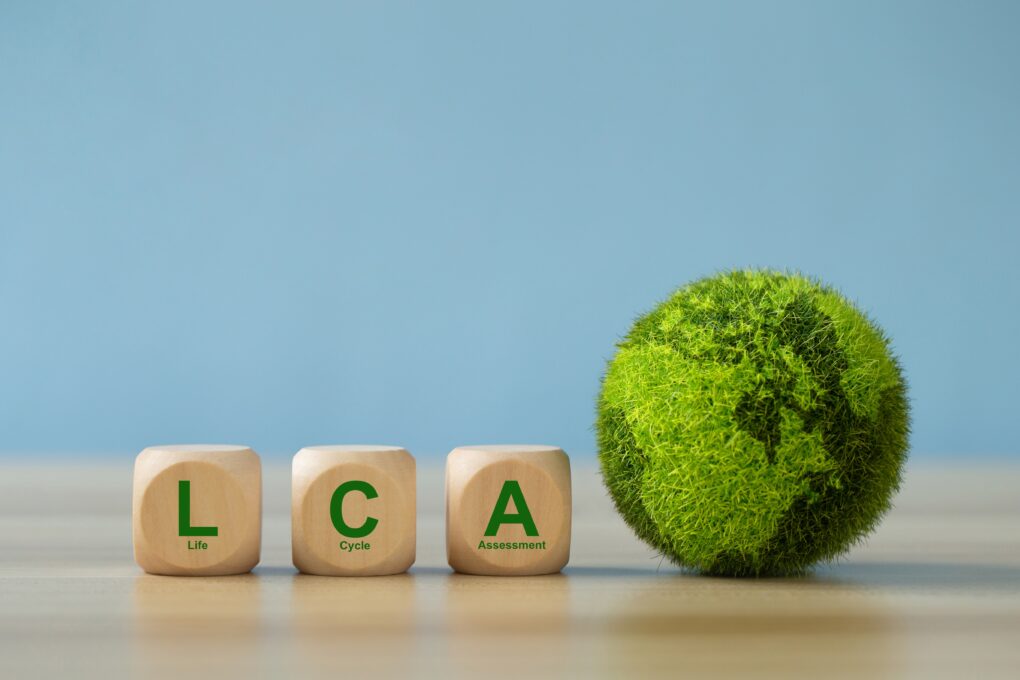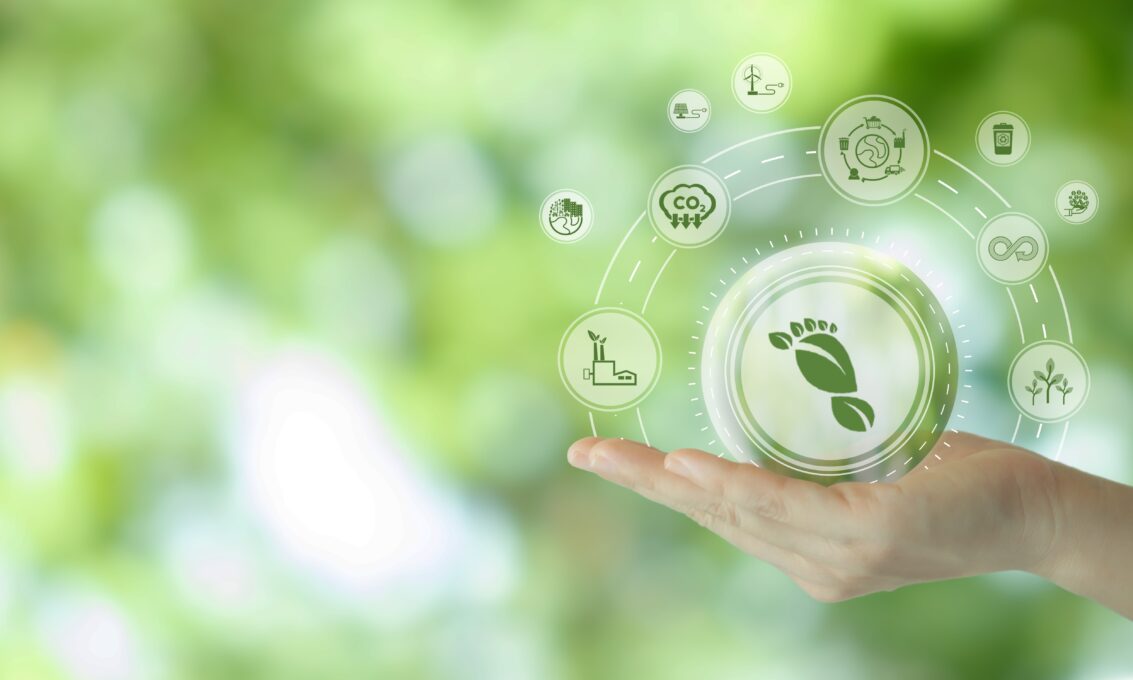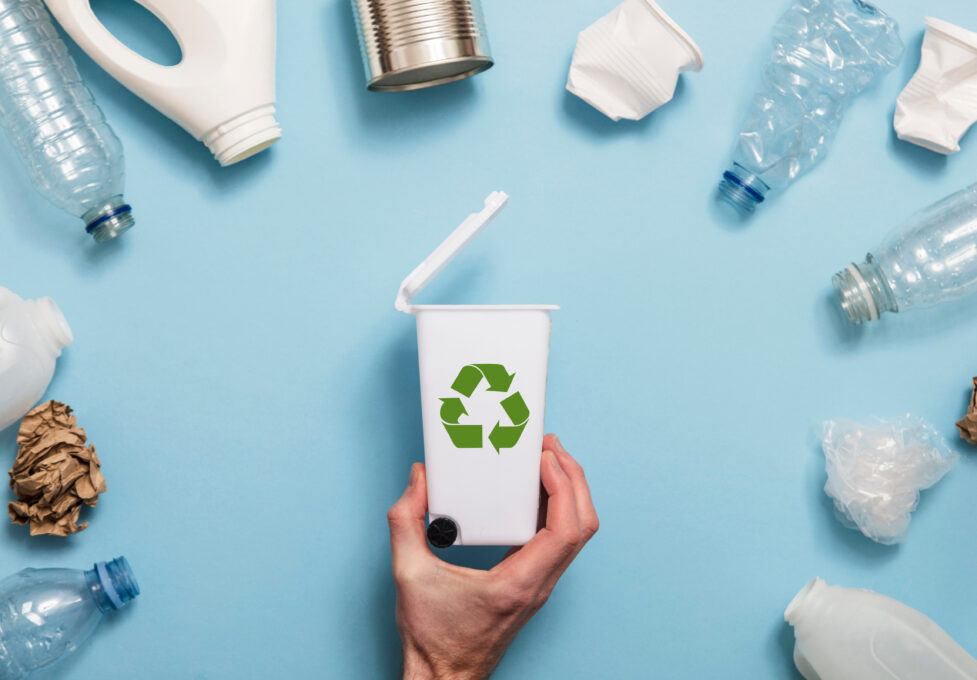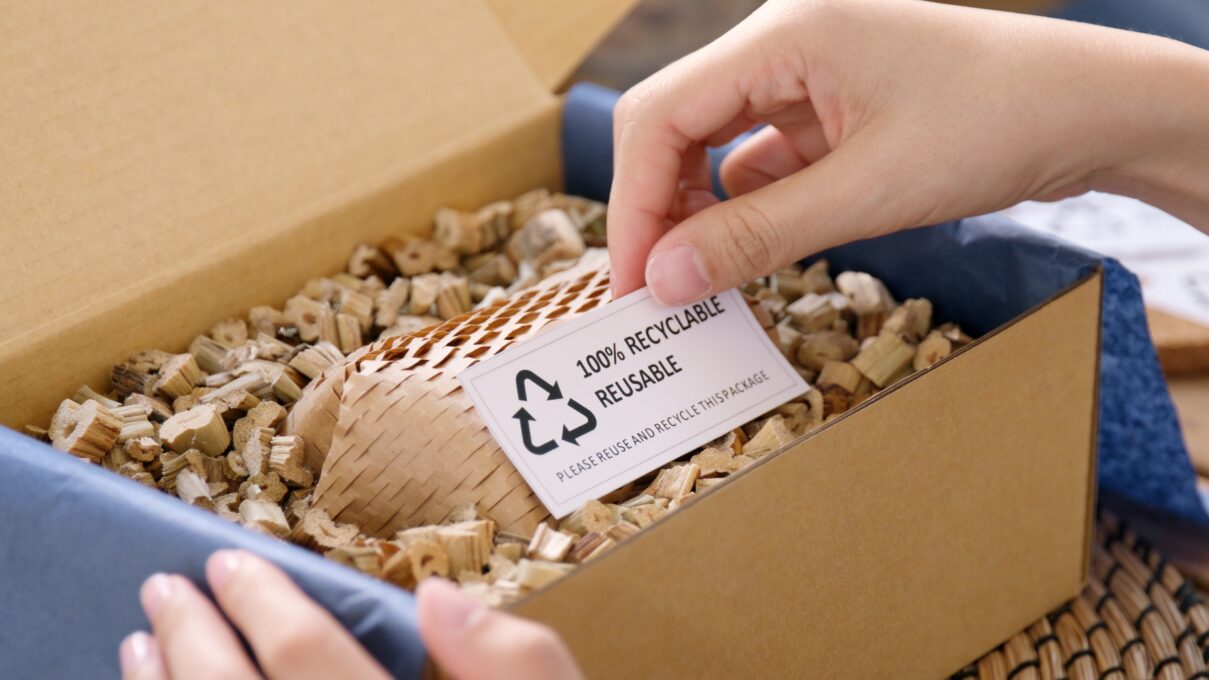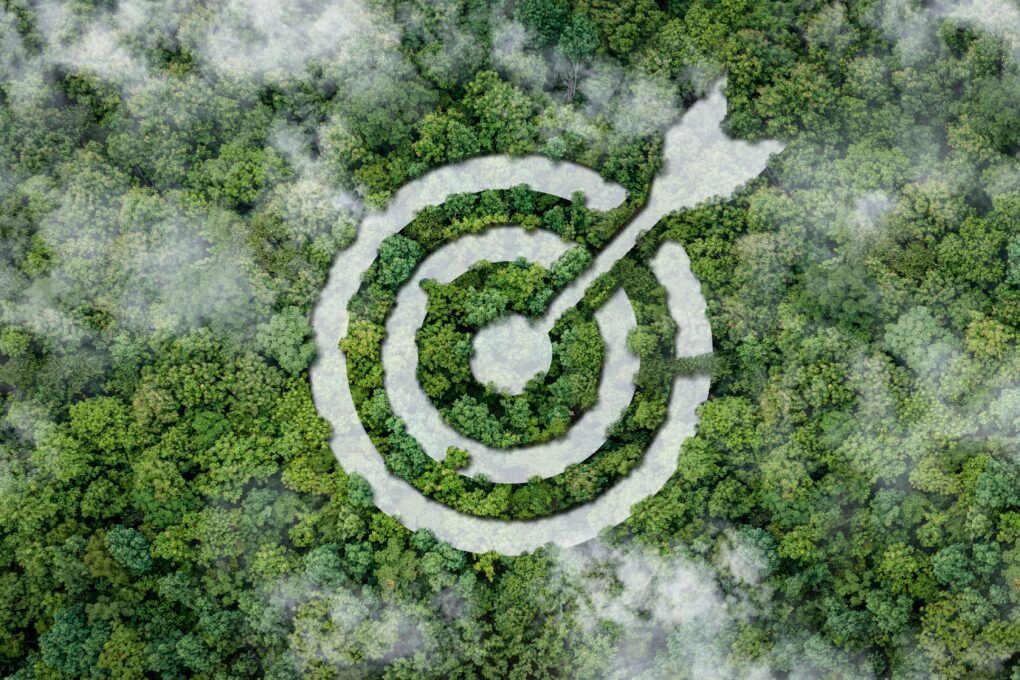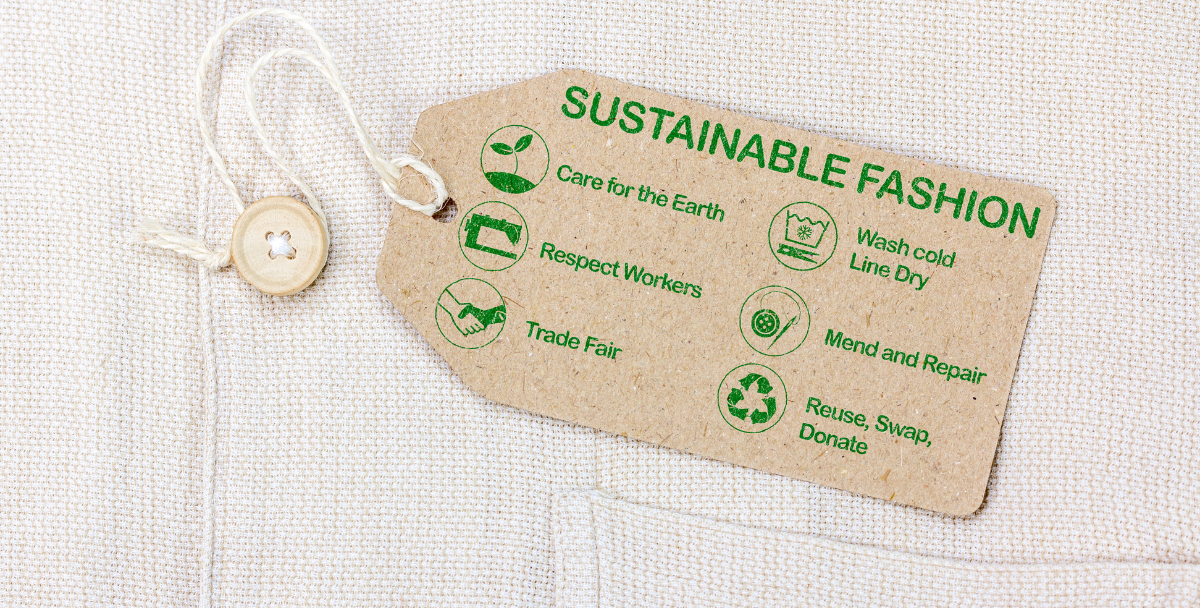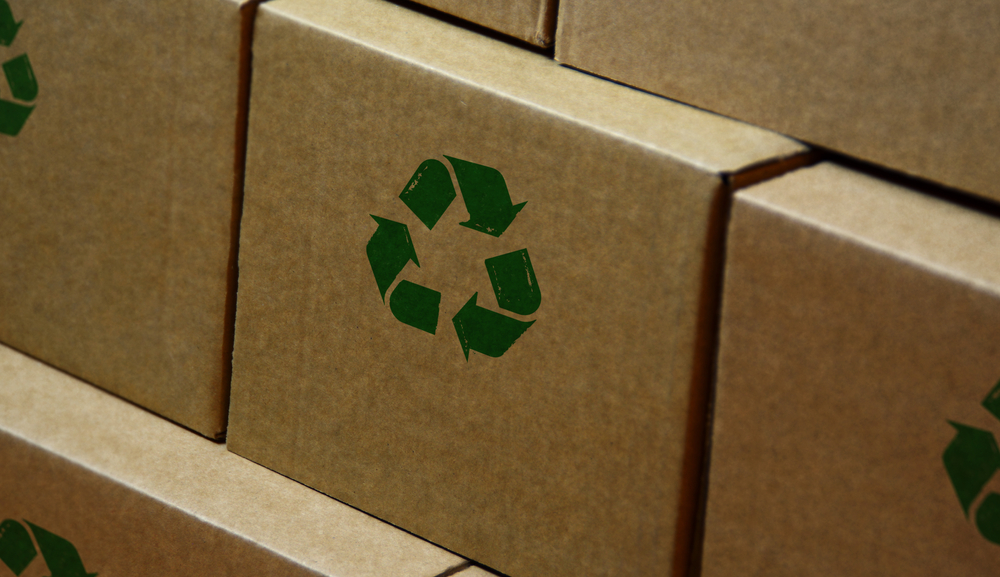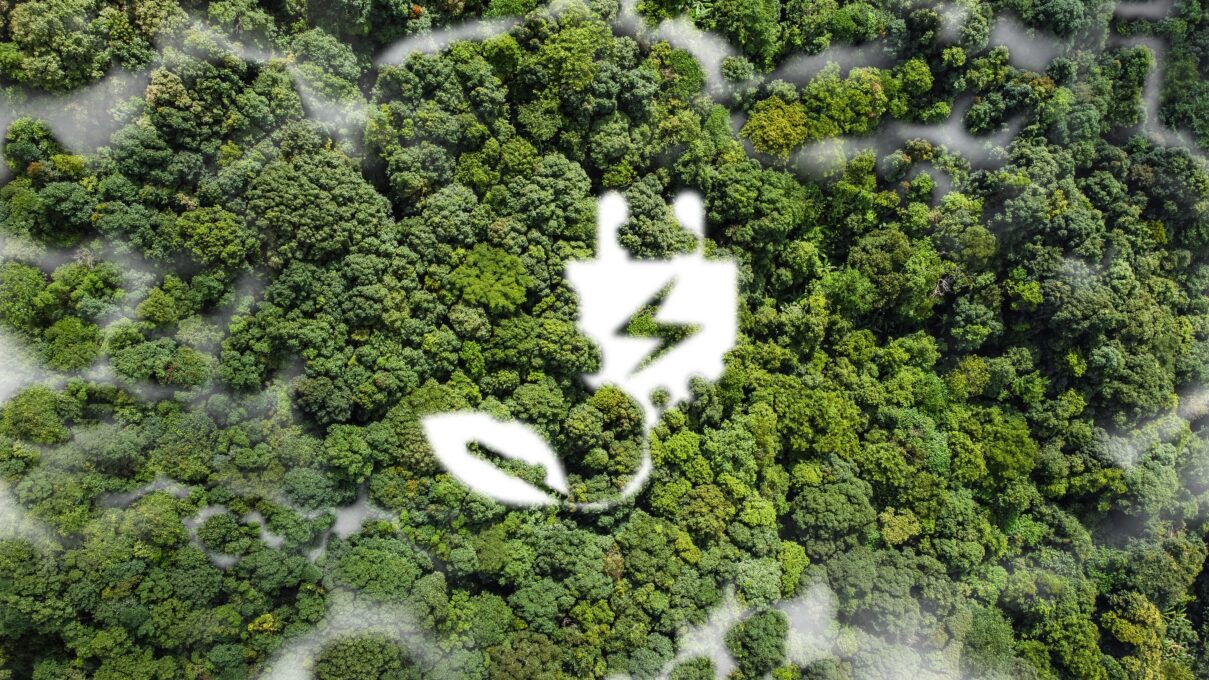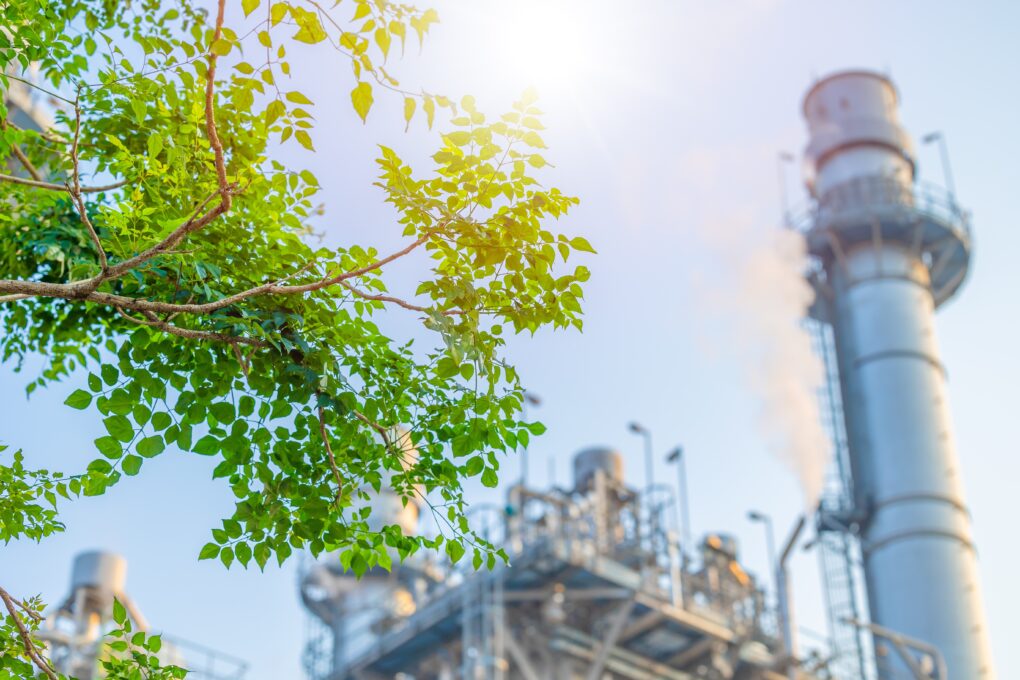Better links between waste management, circular economy and climate change mitigation measures can boost greenhouse gas emission reductions

Climate change is a topic on everyone’s minds these days. No matter where you live, you have probably heard some policy being implemented to reduce energy waste or discussions on the benefits of reducing consumption. Many people are still unaware that the circular economy and climate change are interconnected in addressing this pressing issue.
How is this possible? We explain this vital connection in this article so that you can understand how integrating circular economy principles into our policies can significantly contribute to living in a more sustainable way while helping reduce the terrible effects of climate change.
What is the circular economy?
We have already said it: the circular economy is in vogue. But, what is it exactly? We can define it as a system where materials never become waste and nature can be regenerated. This means materials are reused, recycled and sent back into the production cycle.
It certainly represents a fresh perspective on how we handle resources. Instead of sticking to the old way of ‘take-make-dispose,’ it encourages us to rethink the way we use products and to reuse materials. But this shift isn’t only about cutting down on waste. It also implies reducing the environmental impact that comes from making new products.
As we have pointed out, circular economy and climate change mitigation can benefit from adopting these practices. We aim to make the most of what we already have, extending the life of materials and reducing the need for constant production. This is a fantastic way to contribute to a cleaner planet and a more sustainable future for generations to come.
The circular economy and climate change
We have to really consider the fact of integrating circular economy principles into national climate policies because they could have a significant impact on reducing greenhouse gas (GHG) emissions, as pointed out by the European Environment Agency (EEA). Why? Because these principles, which promote recycling, reusing, and reducing waste, offer effective strategies to reduce emissions linked to manufacturing and resource extraction.
However, despite the progress made in adopting these practices, they are not always fully recognized in official climate reports. This is because circular economy initiatives can be difficult to measure and report correctly. Besides, there’s a lack of guidelines across countries on how to include these measures in their climate strategies.
So, to fully make the most of the circular economy in fighting climate change, it’s essential for all countries to improve their reporting frameworks. A way in which they could do this is by establishing clearer guidelines and better data collection methods to really show the true impact of these practices on reducing emissions.
This transparency can even encourage the more widespread adoption of sustainable practices across industries and contribute significantly to global efforts in tackling climate change.
Key findings and opportunities
Europe has been doing its homework and we can firmly say that the progress it has achieved is impressive. The continent has successfully managed to reduce greenhouse gas (GHG) emissions. Since 1990, these emissions have decreased by 42%, and experts predict a further decline of 68% by 2050.
But progress should not stop here. One of the methods through which Europe can continue improving waste management practices—such as improving recycling rates or reducing landfill waste—is by significantly cutting emissions across other areas.
This is because better waste practices mean less energy is needed to produce new materials, and fewer emissions are released during waste disposal. As we continue to improve these practices, the waste sector becomes a crucial player in achieving broader climate goals. Again, this is evidence that aligning the circular economy and climate change mitigation efforts is a great way to reduce our environmental impact and pave the way for a cleaner and more sustainable future in the continent and the planet.
Policy gaps and recommendations
The European Environment Agency (the agency of the EU in charge of providing independent information on the environment) has released a briefing shedding some light on gaps and recommendations in Europe’s approach to integrating circular economy measures into climate policies.
Currently, only a small fraction, about 6%, of the reported climate policies include aspects of the circular economy, mostly centered around managing waste more effectively.
Nevertheless, there’s a significant upcoming challenge. These policies often lack clear metrics to measure their impact on reducing emissions. Without precise data on how much greenhouse gasses are being saved through these circular practices, it’s difficult to fully understand their effectiveness.
This gap shows that European countries need clear rules that everyone follows to measure and report how much emissions are reduced through circular economy projects.
To address this issue, experts recommend improving the integration of circular economy principles into national climate strategies. They can do this by setting clear goals and targets while improving monitoring and reporting mechanisms.
Once more, the benefits of linking the circular economy and climate change mitigation are easy to understand and see why they are fundamental. Therefore, when countries implement this strategy, they will be in a better position to demonstrate the environmental benefits of recycling, reusing, and reducing waste, consequently, encouraging the adoption of these practices across industries and communities.
Towards a sustainable future
Very ambitious goals have been set to mitigate climate change. What are these goals? In the European Union, this objective is achieving net-zero emissions by 2050. This does not mean that the continent needs to only reduce emissions from factories and cars. It has to develop a comprehensive strategy to transform how resources are handled across all sectors of the economy.
An essential strategy involves integrating circular economy practices into our climate policies. This includes promoting recycling, reusing materials, and minimizing waste across all activities. By doing so, we can decrease the demand for new raw materials and mitigate emissions generated during their extraction and manufacturing processes.
But let’s not forget that improving waste management is also a big part of this effort. By finding smarter ways to handle our trash—like recycling more and reducing what goes to landfills—we can lower greenhouse gas emissions significantly.
What’s more, we need to encourage new ideas in how products are designed, used, and recycled. This kind of innovation is the perfect way to make our economy more sustainable by creating products that last longer and are easier to reuse.
If these changes are implemented, countries across Europe will be able to reduce their environmental impact and lead the way in creating a cleaner, healthier future for everyone. So, it’s about rethinking how we do things today to ensure we leave a planet that’s thriving for future generations.
A collective task
How can we guarantee that these practices are adopted? We can collectively work towards a cleaner, greener planet for generations to come. We can foster collaboration among governments, industries and communities. Adopting a holistic approach ensures that we tackle the immediate challenges of climate change while laying the groundwork for resilient and sustainable policies in the future. By aligning the principles of the circular economy with efforts to mitigate climate change, we can envision a more environmentally friendly future for all.


